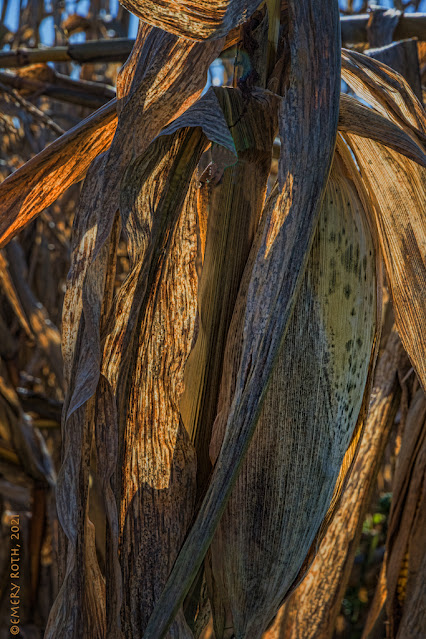Sunday, December 5, 2021
Saturday, December 4, 2021
Wednesday, November 24, 2021
Tuesday, November 23, 2021
Monday, November 22, 2021
Sunday, November 21, 2021
Saturday, November 20, 2021
Friday, November 19, 2021
Monday, November 15, 2021
Sunday, November 14, 2021
Wednesday, November 10, 2021
Tuesday, November 9, 2021
Sunday, October 31, 2021
Friday, October 29, 2021
Friday, September 3, 2021
Returning to Southwest Harbor, ME, in 2021
Sunrise over Greening Island from Clark Point in Southwest Harbor, ME.
Taken Aug 28, 2021 from Clark Point in Southwest Harbor, ME, across the entrance to Somes Sound to the lights of Northwest Harbor; the end of two great weeks with family in Maine.
Thursday, August 12, 2021
Willy Priming the Casting Furnace
After the starter metal is heated to the required temperature it is carried to the casting furnace where it will be poured to complete the electrical connection that starts the furnace.
Thursday, July 29, 2021
The Casting Shop Now
In the old shed beside the catwalks and bag-houes, oil-coated rainwater puddled on the floor of the gutted casting shop gives the space clarity that it lacked a decade ago, when furnaces smoked and steamed. In 2011 it was a place of blinding darkness. The president of the company was leading us on a tour of the brass works. It was the first of what would become regular visits. I kept trying to see what I was seeing, expecting my eyes to adjust to the dark, until I realized the dark adhered to every surface, hung in the air, soaked up light like paper towels suck spills. Where daggers of light managed to crack the darkness, they illuminated blue haze and turned high mercury-vapor lamps into small glowing orbs in space. I hadn’t yet discovered how they would scatter lens flare.
Behind us an operation’s foreman, safely muzzled in a breathing mask, puttered along on a yellow HysterCart. A hose connected his breathing mask to a large oxygen tank that accompanied him in the utility vehicle. He was not at all happy when the president invited us to return and shoot “anytime.” However, Mike, Willy, Damir, and Lucio became our familiar guides as we returned often until operations ended in December of 2012. Since then the space has been scrapped, salvaged and detoxed to its shell which has now been polished by rainwater, while every surface remains well-greased to the touch.
Monday, July 19, 2021
Iconic Ansonia
Perhaps it is foolish to think they could or should be saved. To some this baghouse is an eyesore, nothing but a rusty muffler, but I would guess future generations would see it quite differently, a 20th century solution to pollution control. On this patch of ground Almon Farrel and Anson Phelps built the canal and factories that made Ansonia. Could a bag house become, not an eyesore, but an icon of industries and struggles that built Connecticut that will lie along the riverwalk that is creeping closer both from north and south?
 |
Thursday, July 8, 2021
Inside the Flat Wire Mill
Sunday, June 27, 2021
Bridging Time
Here, where the ancient factory road crosses toward the river through the middle of what would become the American Brass Co, workers arriving and leaving in shifts passed for more than a century. Before 1900 the maps show that when traffic crossed here then, it was over a "covered bridge.” In 1906 the Sanborn cartographers remove the roof graphic of the bridge and mark the passage over the canal, “steel bridge.” The bridge in the picture used to have a marking indicating it was made by the Berlin Iron Bridge Company. Imagine all that has crossed this bridge since it was installed just after the start of the 20th century.
Monday, June 21, 2021
Imagine
PHOTOGRAPHER'S JOURNAL: The Naugatuck Rail Line, that runs in an alley through the middle of this site, is temporarily closed as a new roadbed and track are laid. What is to become of these vacant buildings and this site?







































